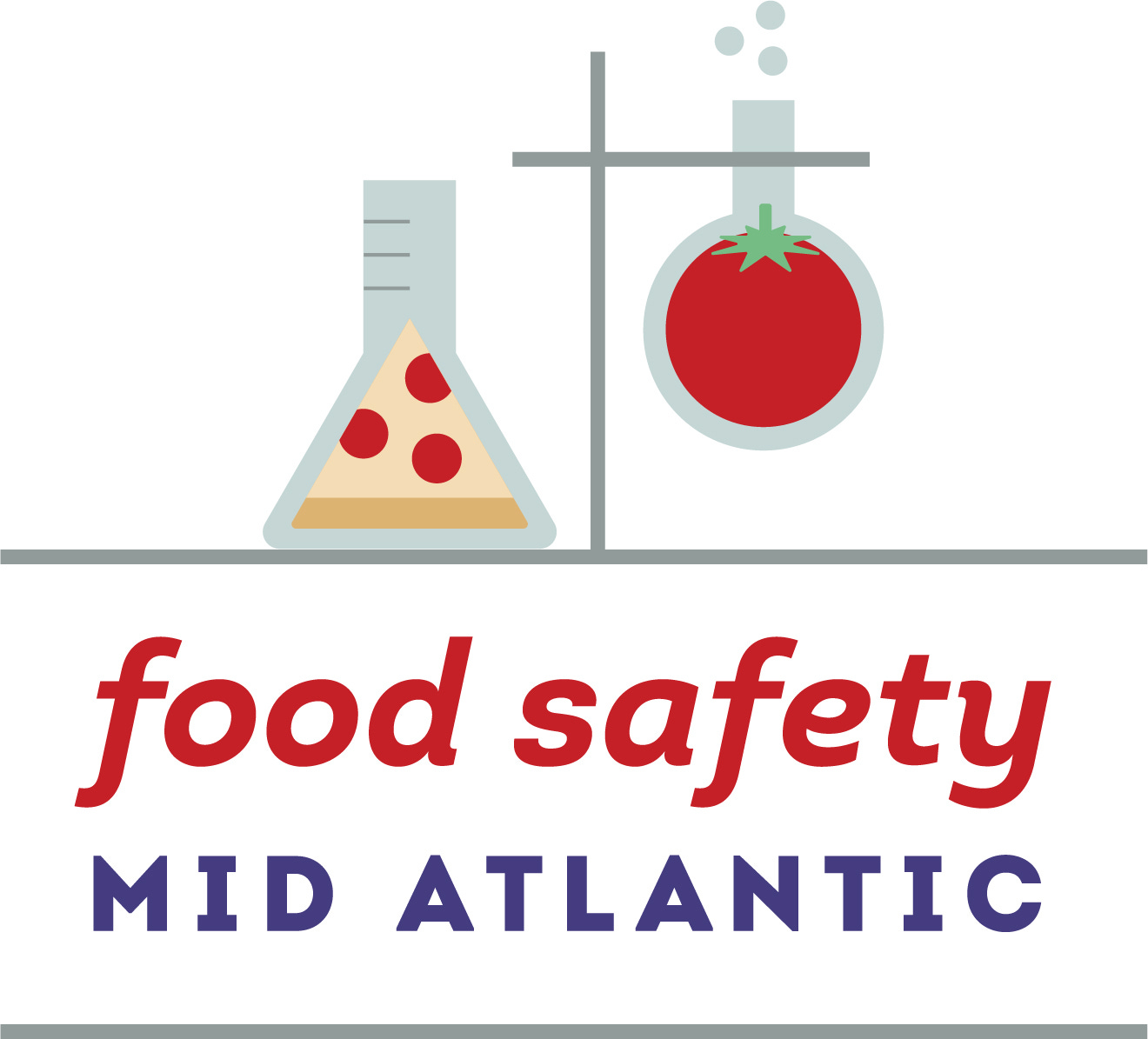Four Steps for Reducing Foodborne Illness at Home

As I mentioned in the last article, there are four main food safety practices1 we can practice at home to reduce our risk of food poisoning. These are:
Clean
Separate
Cook
Chill
In the rest of this article, I am going to consider each of these four practices and explain what we can do at home.
Clean
We must clean our hands, counters, cooking utensils - especially chopping boards and knives often. The best way to clean our hands is in warm running water with soup. Rub the soap all over your hands according to this guide from the World Health Organization.
Remember to wash your hands often:
Before cooking
After cooking
When changing tasks
After using the toilet
Before and after eating
After touching your face
After blowing your nose
After picking up something from the floor
After touching a non food contact surface, like a door handle
As well as washing our hands, we must clean and sanitize our counters, utensils, equipment, and other food contact surfaces. In a later article, I will discuss cleaning and sanitation.

Separate
Cross contamination is an enormous risk in the home kitchen. This is the main reason that I and other food safety specialists recommend NOT washing your meat, especially chicken. The risk of further contamination when washing chicken is too great a risk.
It is important to keep potentially contaminated food away from food that is ready-to-eat. For example, we must keep raw meat such as chicken away from salads. The best way to do this is to use different chopping boards and knives for preparing raw chicken and salads and making sure we clean between tasks.
This also applies to how we store food in the fridge. It is best to store potentially contaminated food below other food or put it into containers to stop it from dripping and spreading pathogens.
Cook
When cooking food before eating, make sure that you heat the food to a sufficient temperature to kill all pathogens. If you want to be certain, use a food thermometer with these temperature guidelines:
Poultry 165 F/74 C
Ground meat 160 F/71 C
Whole cuts of beef, pork, or lamb 145 F/63 C with a 3-minute rest after removal from heat source
Leftovers 165 F/74 C
Eggs 160 F/71 C (recommendation is that the yolk and white be firm)
Chill
Keep cold food cold and hot food hot. Once you have finished cooking, you want to cool food quickly and make sure food stays out of the danger zone of 40 - 140 F (4-60 C), preferably within 2 h. If the food is hot, if you put it into smaller shallower containers, it will cool quicker. On a hot day, I’ve put my hot food on ice to cool it down quickly.
When thawing frozen food, do not leave it at room temperature. The best ways to thaw food are to place it in the refrigerator approximately 24 h before cooking, run under cold water or dunk in a bowl of cold water or thaw in the microwave. Only thaw using cold water or in the microwave when you are going to cook the food immediately. I find these methods really useful when I have forgotten to get food out of the freezer.
Conclusion
I hope this has been a helpful summary. Check out FightBac if you want more information about how to keep your family safe from food poisoning.
I write about the intersection of food science and food systems with an emphasis on food safety, food justice and resilience.
I run a food safety consultancy, Food Safety Mid Atlantic, supporting small and mid-sized food businesses with their food safety plans and programs. If you are interested in learning more about my consulting services, please schedule a free call.
More information here: Food Crumbs: About
Please subscribe to Food Crumbs today, if you haven’t already.
https://www.fightbac.org/food-safety-basics/the-core-four-practices/






